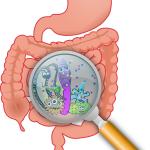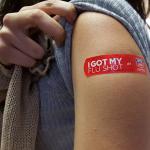Erythritol is a naturally occurring sugar alcohol found in some fruits and fermented products.
Disease
Here we go again — another armchair expert holding forth on scientific and medical issues she misunderstands.
The study, reported in the American Journal of Medicine (AJM), is a meta-analysis of articles posted in “the voice of the CDC,” its weekly Morbidity and Mortality Weekly Report (MMWR). The indictment being made is that for the MMWR reports:
The study published in Nature Medicine looked at C. diff. infections, the most common cause of hospital-related diarrhea, and a significant cause of patient morbidity and mortality.
The flu season, which is about to rev up in the U.S.
“….wastewater data reflect both temporal and geographic trends in COVID-19 disease burden across the United States...”
Molnupiravir, trade name Lagevrio, is one of two COVID oral antivirals on the market, the other being Paxlovid.
The study by Agepha Pharma used by the FDA in its approval of this new indication for use ultimately involved 5478 patients between the ages of 35 and 82 with evidence of coronary artery disease upon imaging [1] and had been clinically stable for
Flu is the prototype of a respiratory disease that requires repeated – yearly - vaccination to prevent infection.












